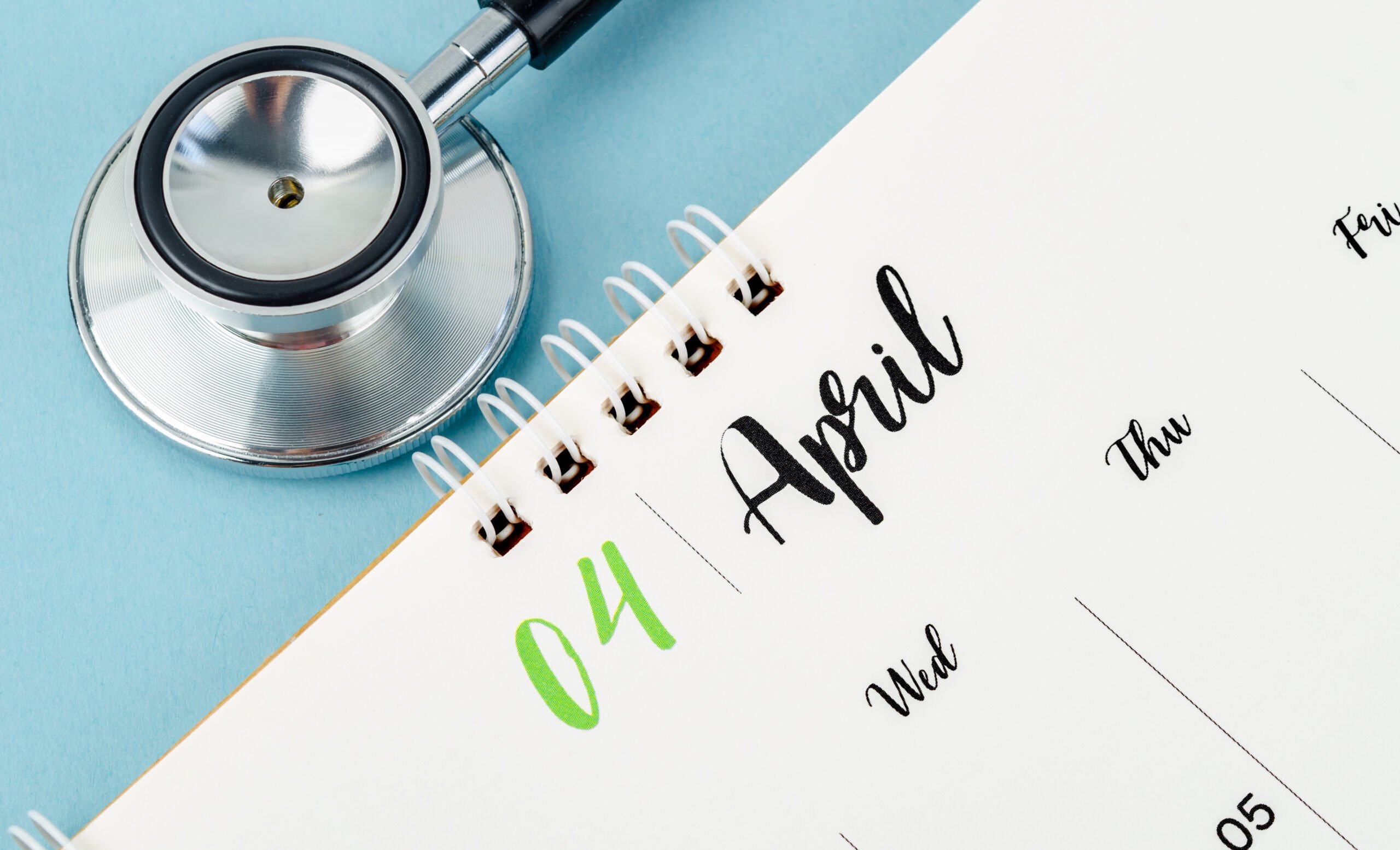
Across all healthcare specialties, prescription medications play a fundamental and substantial role in safeguarding and improving patient health. Roughly two-thirds of Americans (approximately 131 million people) take at least one prescription. People over age 45 take an average of four prescription drugs daily.
In 2021, providers wrote nearly 6.5 billion prescriptions. Patients don’t always pick up their medications from the pharmacy, but a growing number of them do. Pharmacies filled more than 4.5 million prescriptions in 2020, and experts estimate patients will retrieve nearly 5 million in 2025.
Consequently, providers need to keep an accurate record of which medications their patients take. This is where an effective medication reconciliation plan comes in.
“A good medication reconciliation system goes through every prescription and over-the-counter medication a patient takes,” says Melissa Levy, quality and education specialist at Innovista Health. “It helps to ensure accuracy, reduce medication errors, and improve patient safety.”
Current State of Medication Errors
In the United States, patients have access to nearly 6,800 prescription and over-the-counter medications. Many people also use herbs, supplements, and topical ointments to treat health conditions. It can be difficult for providers to keep track of every health-related product their patients use.
As a result, medication errors can occur. Every year, these mistakes harm approximately 1.5 million people. Thousands of people report adverse reactions, and between 7,000 and 9,000 people die. Overall, the cost of caring for patients who experience medication errors tops $40 billion annually.
Importance of Medication Reconciliation
Avoiding medication errors may be the most compelling reason to use a reliable medication reconciliation system. However, another factor is at play.
Patients don’t always take their medications as they should. In fact, only about 50% of people with chronic conditions adhere to their prescriptions. Routinely checking their list may help patients understand why they should take their medicines properly.
Providers also have the chance to explain the importance of each medication and how it impacts their health. Ultimately, talking more about medications could improve patient adherence.
Challenges to Medication Reconciliation
Medication reconciliation only works with an accurate list of the patient’s medicines. However, several obstacles can stand in the way of good medication monitoring and management.
- Incomplete information/communication: Patients may not always have a complete or accurate understanding of their medications, leading to omissions or errors. Furthermore, inadequate communication during transitions of care (hospitalizations) can result in discrepancies.
- Polypharmacy: Patients taking multiple medications and seeing multiple providers may have increased risk for discrepancies. The management of numerous drugs increases risk of interactions, dosing errors, and adherence challenges.
- Timing: Healthcare’s current design gives providers a short window to see each patient. They need to account for every minute during the day. It can be challenging to complete a thorough, accurate medication reconciliation and still leave time for addressing the reason for the patient’s visit.
Improve Medication Reconciliation
Effective medication reconciliation does take some prior planning. To capture as much accurate information as possible and add it to the patient’s electronic health record, practices should try these strategies:
- Review medications during transitions of care: For patients recently in the hospital, Levy suggests reviewing their prescriptions and any supplements during discharge. “Make sure the patient brings a discharge medication list for their PCP to compare and review if any medications changed during their hospital stay,” Levy says, noting that Innovista is currently working on several platforms to facilitate information sharing between hospitals and Innovista. “Educate the patient when to start taking a medication or to stop taking another one. Then pass that information to all their providers.”
- Start medication reconciliation early: Don’t wait until patients arrive in the office to ask about their medications. Conduct pre-visit planning and start the process with their appointment confirmation. Whether you’re reaching out via phone, text, or email, remind them to review their medications before their visit and to bring a list of medicines and doses to their appointment. Research shows these early reminders can reduce errors and medication confusion by more than 50% per patient.
- Involve other providers: Put a pharmacist or registered nurse from the practice in charge of medication reconciliation. They can review medications during each patient interaction. Pharmacists can also provide patient consultations and send their notes to the provider. These frequent touchpoints can improve medication list accuracy and potentially reduce errors and adverse events.
- Make a stand-alone process: Many practices include medication reconciliation as part of the rooming process. But getting a patient settled in the clinical environment, reviewing their medical history, and confirming the reason for their visit can feel hurried. When practices devote a separate amount of time to evaluating the patient’s medication list, the information isn’t lost in the shuffle.
- Educate and involve patients: Patients who understand why they need to keep an accurate medication list are more likely to do it. Consider displaying posters and handouts that reinforce this message. Discuss the importance of medication reconciliation with them directly, as well.
- Insist on consistency: Providers should include medication reconciliation in every patient encounter, no matter how frequent. “The frequency of medication reconciliation should be tailored to a patient’s needs, individual healthcare circumstances, and healthcare setting. At a minimum, medication should be reviewed upon admission/discharge to/from a healthcare facility, transitions of care from healthcare settings or when seeing multiple providers, and at each regular clinic visit,” explains Levy.
Vital to Patient Health & Safety
Overall, accurate medication reconciliation is a critical component to providing high-quality patient care. It is an ongoing process that requires collaboration among health providers as well as engagement from patients.
Implementing these strategies can help to not only improve medication reconciliation but enhance patient health, reduce medication errors, and prevent the worsening of chronic conditions that can lead to hospitalization.


